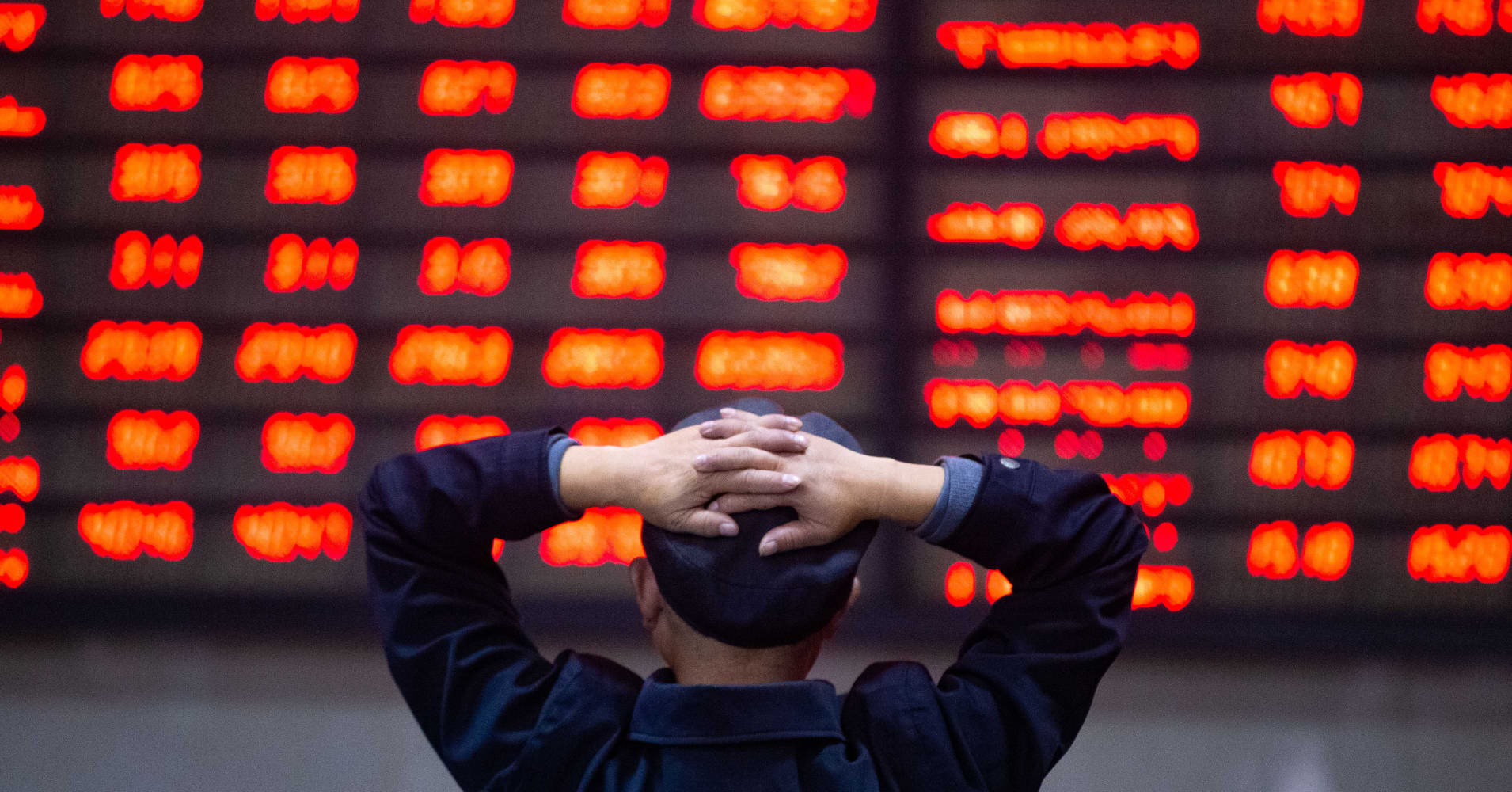
Stocks in Shenzhen surged during Thursday trade after a series of data released on Sunday and Monday showed Chinese economic activity bouncing unexpectedly in March.
By the morning session's end, the Shenzhen component jumped 3.13 percent and the Shenzhen composite soared 3.027 percent. The CSI 300, which tracks the largest stocks listed on the mainland, advanced 2.31 percent.
The moves came after both the private Caixin/Markit Manufacturing Purchasing Managers' Index and the official Purchasing Managers' Index (PMI) for March expanded unexpectedly, surprising analysts.
The Caixin/Markit Manufacturing Purchasing Managers' Index (PMI) came in at 50.8 for March. Analysts had expected it to come in at 49.9 for a second month, according to a Reuters poll of economists. A reading below 50 signals contraction, while a reading above that level indicates expansion.
That came on the back of Sunday's release of the official PMI in China, which rose to 50.5 in March from February's three-year low of 49.2. It marked the first expansion in four months, according to data released by China's National Bureau of Statistics.
"Our view is the impact of policy easing is gradually kicking in, pushing up sequential growth indicators such as PMI first," economists from Bank of America-Merrill Lynch said in a note.
In particular, they said, the "larger-than-expected tax/fee cuts and improving financial conditions" likely provided a boost to business sentiment in the country's manufacturing space. Furthermore, demand for industrial restocking could also have risen as commodity and raw material prices experienced a rebound.
"I think this is indeed a good number," Tan Min Lan, head of the Asia-Pacific chief investment office at UBS Wealth Management, told CNBC's "Street Signs" on Monday.
"It is a critical number because recall that a couple of weeks back one of the key concern(s) of the market is that when factories shut during the Chinese New Year period, they may not (reopen) if orders do not materialize," she said. "I think this set of data, it's critical, it's important because it suggests that production did not fall over the cliff and that the fears over industrial deflation and the fears over an unemployment surge may have been overplayed."
The manufacturing numbers come amid ongoing tariff talks between the U.S. and China aimed at resolving their trade differences. High-level trade negotiations between the two economic powerhouses are set to resume in Washington this week following last week's talks in Beijing.
— CNBC's Huileng Tan and Reuters contributed to this report.
from Top News & Analysis https://ift.tt/2I0gshmvia IFTTT
No comments:
Post a Comment